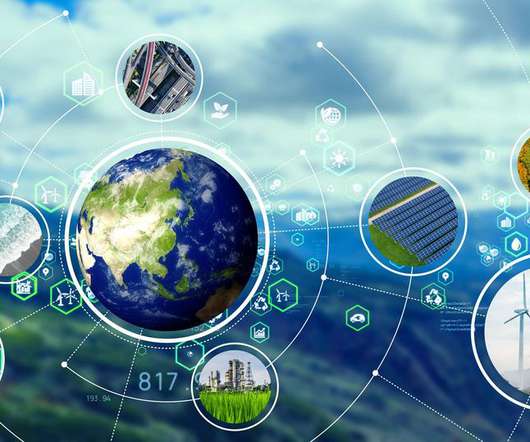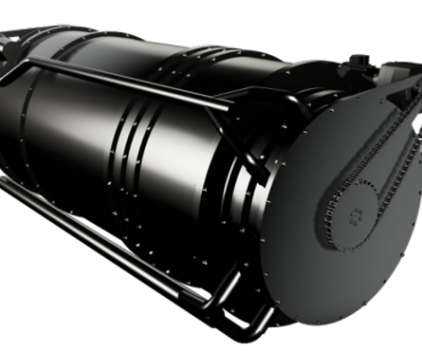Climate Change is NSF Engineering Alliance’s Top Research Priority
Cars That Think
SEPTEMBER 21, 2022
Since its launch in April 2021 , the Engineering Research Visioning Alliance has convened a diverse set of experts to explore three areas in which fundamental research could have the most impact: climate change; the nexus of biology and engineering; and securing critical infrastructure against hackers.




































Let's personalize your content